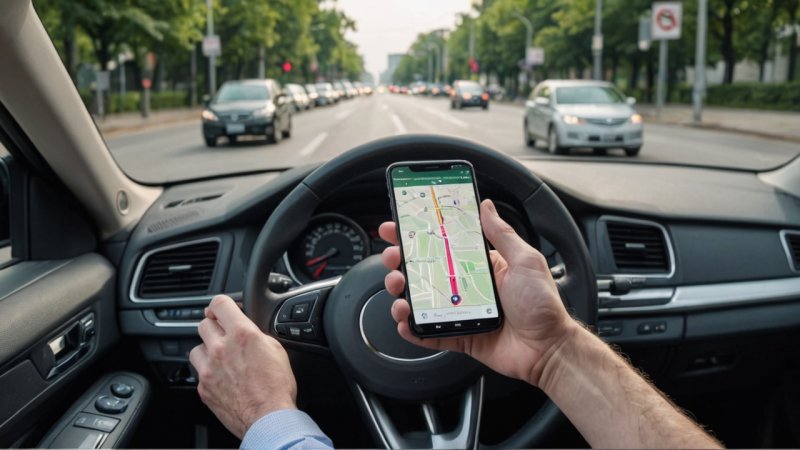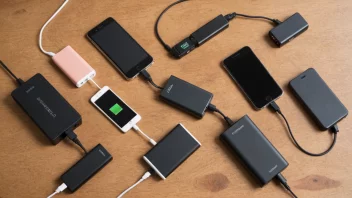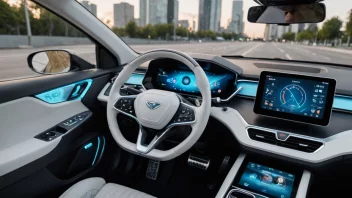In today’s fast-paced world, time is of the essence, especially when it comes to navigating through congested roads. Whether you're commuting to work, heading out for a weekend getaway, or simply running errands, knowing real-time traffic updates can save you a significant amount of time and frustration. Thankfully, with the rise of technology, there are numerous apps designed to provide up-to-the-minute traffic information. This article will guide you on how to effectively use these apps to enhance your travel experience.
First and foremost, it’s important to choose the right app. Popular options include Google Maps, Waze, and Apple Maps, each offering unique features. Google Maps is well-known for its comprehensive mapping capabilities and integration with public transport schedules. Waze, on the other hand, is community-driven, allowing users to report accidents, road closures, and other hazards in real-time. Apple Maps has improved significantly and is a solid choice for iPhone users. Consider your preferences and test a few apps to see which one resonates with you.
Once you’ve selected an app, familiarize yourself with its interface and features. Most traffic apps provide options to set your preferred routes, which can help you avoid traffic jams. Input your destination and check the route options provided. For instance, Waze might suggest a longer route that avoids heavy traffic, while Google Maps could offer a more direct route with some traffic delays.
Utilizing the live traffic feature is crucial. Make sure to enable location services and traffic layers on your app. This will provide you with real-time updates regarding traffic conditions. Some apps even allow you to set alerts for traffic incidents along your route, helping you stay informed before you hit the road.
Another great feature is the ability to share your trip with friends or family. If you’re heading out for an event, sharing your location can keep others updated on your ETA. This is particularly useful in social situations where coordination is key.
Additionally, don’t forget to explore additional features such as alternate routes or estimated time of arrival options. Some apps can even suggest the best times to leave based on historical traffic data, helping you plan your trips more efficiently. It’s also beneficial to check reviews and updates for the app you choose, as developers often introduce new features that can enhance your user experience.
In conclusion, leveraging traffic apps can significantly improve your travel efficiency and reduce stress. By selecting the right app, familiarizing yourself with its features, and utilizing its real-time traffic updates, you can navigate through busy roads with ease. With these tools at your disposal, you'll not only save time but also enjoy a more pleasant driving experience.






